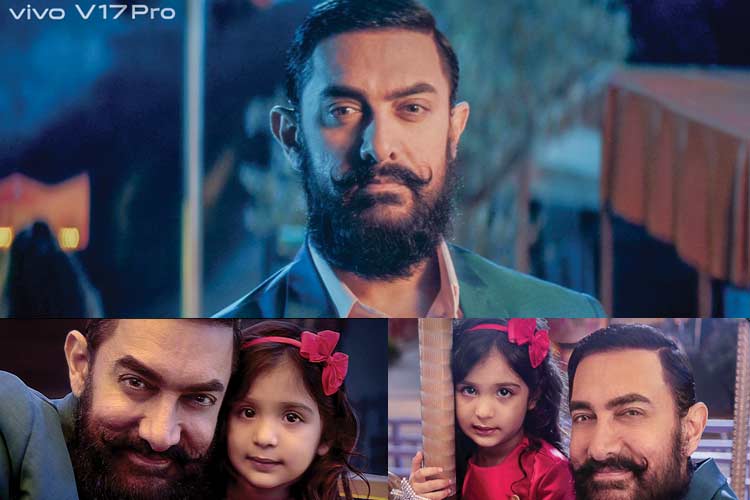As the ad ‘Light up the Night with Vivo V17Pro’ lands the brand in controversy, with Ogilvy claiming the idea came from it in a pitch that did not result in business with Vivo, we decode the issue of safe-guarding ideas and whether the industry is open to
non-disclosure agreements
The Ogilvy-Vivo battle where one of the top agencies in the country has taken a top advertiser to court is definitely a first in the history of Indian advertising. In a way, it speaks of coming of age of Indian agencies which have forever spoken about plagiarism at a client level in whispers. While the Ogilvy-Vivo matter is pending in court (the next hearing is on November 22) and the final verdict is yet to be heard, the episode has definitely thrown open the floor for discussions on the need to safeguard an agency’s idea, irrespective of the outcome of
this case.
Prasoon Joshi, CEO & CCO of McCann Worldgroup India, and Chairman McCann Asia Pacific says, “It’s an important decision and would bring much desired clarity for all who take creative ideas for granted and do not acknowledge that at the pitch stage, the agency clearly owns the ideas. Intellectual property rights may be complex to exercise, but the ethics of it should be clear. Being in a creative service industry should not leave any organisation vulnerable to exploitation when it comes to the key asset - creative ideas.”
More and more support poured in for Ogilvy after the matter came to light, more so for taking a stand against a top advertiser, a rather rare occurrence, even globally. Says Saurabh Varma, CEO, Publicis Communications, South Asia, “The industry has to unite and support this bold move. This is a good first step to address a massive problem. Personally, I believe we need to move from being reactive to being pro-active around protecting our ideas, effort and our time. As we move increasingly to a project-based environment, we have to ensure there is a pitch fee for any multi-agency exploration. That is the least we can do as an industry. Publicis Groupe will back any such initiative.”























